News & Blogs
What is Koji? An almighty and lovable mold.
Koji made a successful comeback as a new seasoning, Shio Koji.
In this blog, we touch on diverse topics about Japanese food cultures, practices together with the culinary secret, TREHA®, and its important role in the Japanese food industry. We hope our blog helps you obtain in-depth knowledge of the secrets and science behind Japanese cuisine, shared from our kitchen, to yours.
Do you know the essential ingredient for miso, soy sauce, and sake? Such Japanese staples cannot exist without Koji-kin. Today, allow me to go deep into the world of Koji I am smitten with. Koji is one of the most versatile gifts from nature, which was accidentally discovered from sacred offerings 1300 years ago. Thanks to Koji, the ancient Japanese also learned to party with sake. After playing a role to support miso and soy sauce for centuries, Koji is finally recognized as new culinary wisdom with additional benefits.
What is Koji? Answer: A molded rice that does magic behind the scene.
Simply put, Koji is white, fluffy, and chunky moldy steamed rice.
The public image of molds may not be good since some molds are harmful to humans and unpleasant to look at. Remember, the food, which sustains our lives, is created by nature before humans discover and process it. Even highly processed food has roots in nature.
One microbiological researcher says. "Molds are creatures similar to humans in how they act, and they are thriving in the environment that suits them. It is merely a human convenience to classify them as harmful or harmless." I salute his comment. Molds are microorganisms indispensable for human life as they are used in medicines and making foods, which undoubtedly includes Koji.
Koji is full of natural wonders that make food taste better and is vital for Japanese food culture. There are the following five bacteria regarded as Koji molds.
Yellow Koji (黄色麹 Aspergillus oryzae)
White Koji (白麹菌 Aspergillus kawachii)
Black Koji (黒麹菌 Aspergillus Iuchuensis)
Red Koji (紅麹菌 Genus Monascus)
Katsuobushi mold (カツオブシ菌 Aspergillus glaucus)
In this post, I want to focus my attention on “Aspergillus oryzae,” one of the fungi the Scientific Conference of Brewing Society Japan declared "Japanese national fungus" as a must ingredient for making sake, miso, and soy sauce.
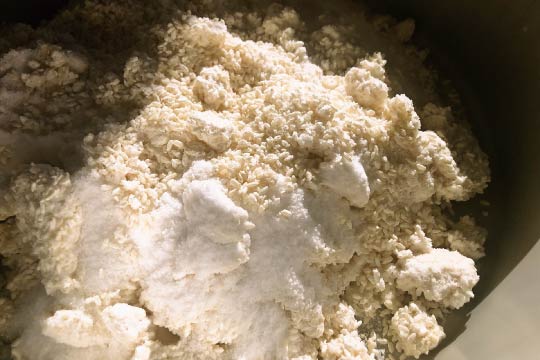
The historical hypothesis indicates that Koji culture was introduced from ancient China. While the Koji culture was made using powdered raw grains and water in China, the Japanese primarily nurtured the mold using steamed rice.
As proof for this, the 1300-year-old book "Harimanokuni Fudoki 播磨国風土記" has the following description about Koji.
“The rice offered to a deity got wet and then developed mold. The molded rice became sake, which was served at a banquette.”
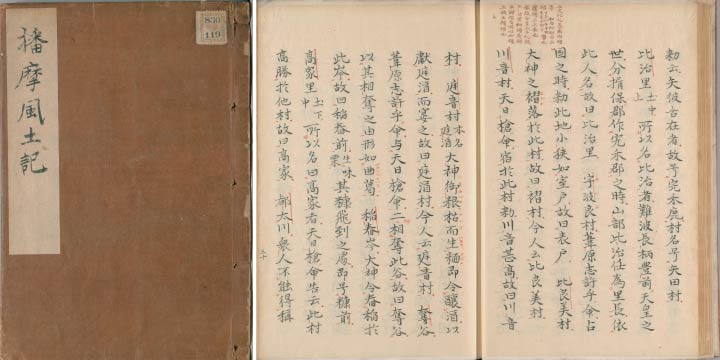
The rice offered to a deity refers to dry steamed rice, indicating that Koji rice was unexpectedly invented from reconstituted steamed rice. teamed rice is also proven to be an optimal medium for Aspergillus oryzae to breed.
It is fun to imagine that people who lived 1300 years ago threw a party over sake just like we do. I can’t help wondering what kind of food the ancient people enjoy pairing with.
For 1300 years since the discovery, the Japanese must have been obsessed with this unbreakable tie between steamed rice and the fungus, speculating how Koji is spelled in two different kanji characters with identical pronunciation. The character “Koji 麹” is initially introduced from China, implying Koji molds on grains in general. The character “Koji 糀” was created in Japan as a tribute to the appearance of mold blooming like flowers on steamed rice.
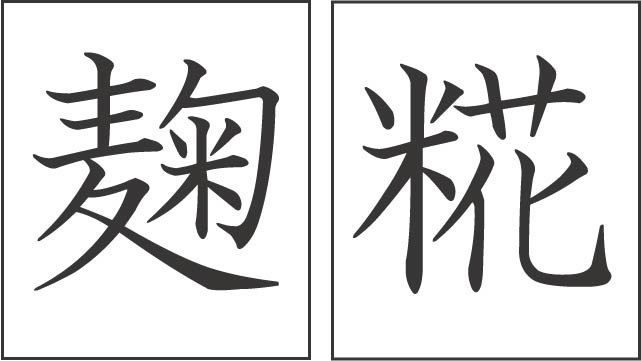
Thus, a Koji store that identifies its name as “Koji-ya 麹屋” may handle a variety of grain-based Koji. On the other hand, a Koji store spelling its name as "Koji-ya 糀屋" is committed to carrying rice-based Koji.
Koji made a successful comeback as a versatile seasoning with extra benefits.
In addition to famous sake, Koji makes soy sauce, miso, mirin, and amazake (alcohol-free fermented sweet rice drink). The Japanese consume these food items directly and indirectly almost daily. Such food items used to be often homemade. When I was young, I remember I had a relative who was good at making miso. Other family members were dying to learn her secret recipe. Also, my grandmother was a master of amazake-making. Her product was sold out every time she brought it to the bake sale in the neighborhood. Naturally, many Koji shops existed for homemakers to support their family recipes.
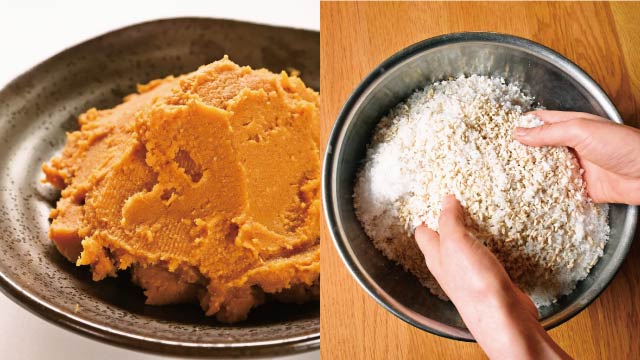
However, such homemade delicacy is rarely seen these days. Koji-derived food has shifted from homemade items to store-bought items wiping out the demand for their primary ingredient, Koji. As Koji shoppers decreased, many specialty stores went out of business. However, Koji was reborn like a phoenix alongside the “Shio Koji (Koji marinade)" boom in 2011. The Koji renaissance was initiated by a small Koji shop in Oita prefecture established in the Edo period (1603 - 1867). Out of desperation to find a new idea to save her declining family business, the owner referred to the recipe book "Honcho Shokkan, 本朝食鑑,” which was written back in 1697. She found the traditional pickle recipe using salt and Koji, which turned into a new product, Shio Koji. In addition to being a big success rejuvenating the small business, this reinvented application helped Koji finally step out from the shadow of sake, miso, and soy sauce and gain recognition by itself as a versatile Japanese savory seasoning.
Shio Koji marinade can be used as a savory seasoning for any food items needing to be salted. Other than seasoning purposes, there are two advantages Shio Koji can offer. First, Shio Koji contains enzymes that break down starch, protein, and fat to enhance texture and the umami component. Second, Koji has a long-held health benefit as a probiotic to support intestinal flora, regulating immunity.
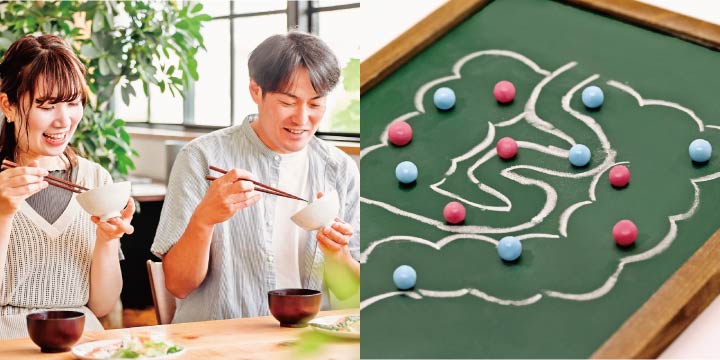
I shared with you previously that Shio Koji is essential for my Thanksgiving turkey. Koji is slowly gaining recognition outside of Japan, which makes me happy. Are you interested in learning more? This article will help. How to Cook with Koji, the Savory Secret Weapon That Chefs Love (And You Can, Too).
Although Shio Koji can be authentically handmade with Koji and salt, various forms, including paste, liquid, and powder, can be selected depending on the applications in mind. One easy way to try is using powdered Shio Koji available online. Marukura is a family-owned company manufacturing Koji products for many years. Their products are my go-to items when I visit my hometown, Okayama. A few years back, I had an opportunity to talk with the owner, Mr. Okada. He said shyly, "I didn't like Koji before I took over the family business. I guess I was too young to know any better. But now I'm fascinated by the depth of Koji, and I enjoy talking to Koji fans". Even during the short conversation, I could see his pride in carrying on the family business and Koji, which made me want to support his business in any way I could.
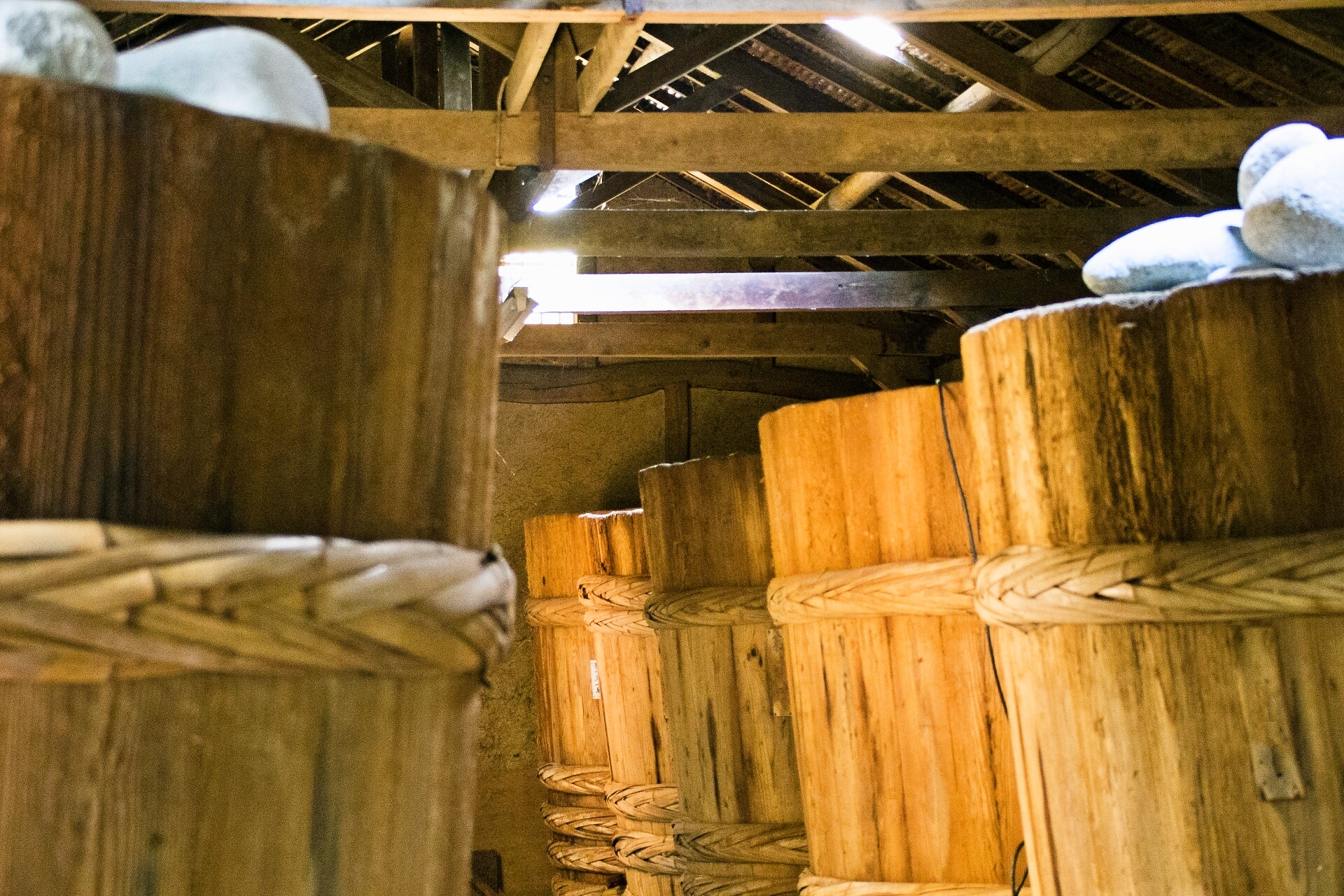
In the next blog, I will talk about miso, the most famous food item created by Koji. Stay tuned.
Did you find this blog interesting?
Please share it with your friends in the food service industry.
We regularly update the blog about the food culture of Japan, where TREHA® was discovered for culinary applications.
Click here and send us a message to subscribe.
Or hit us up on Instagram @trehalose_sensei!
You might also be interested in:

